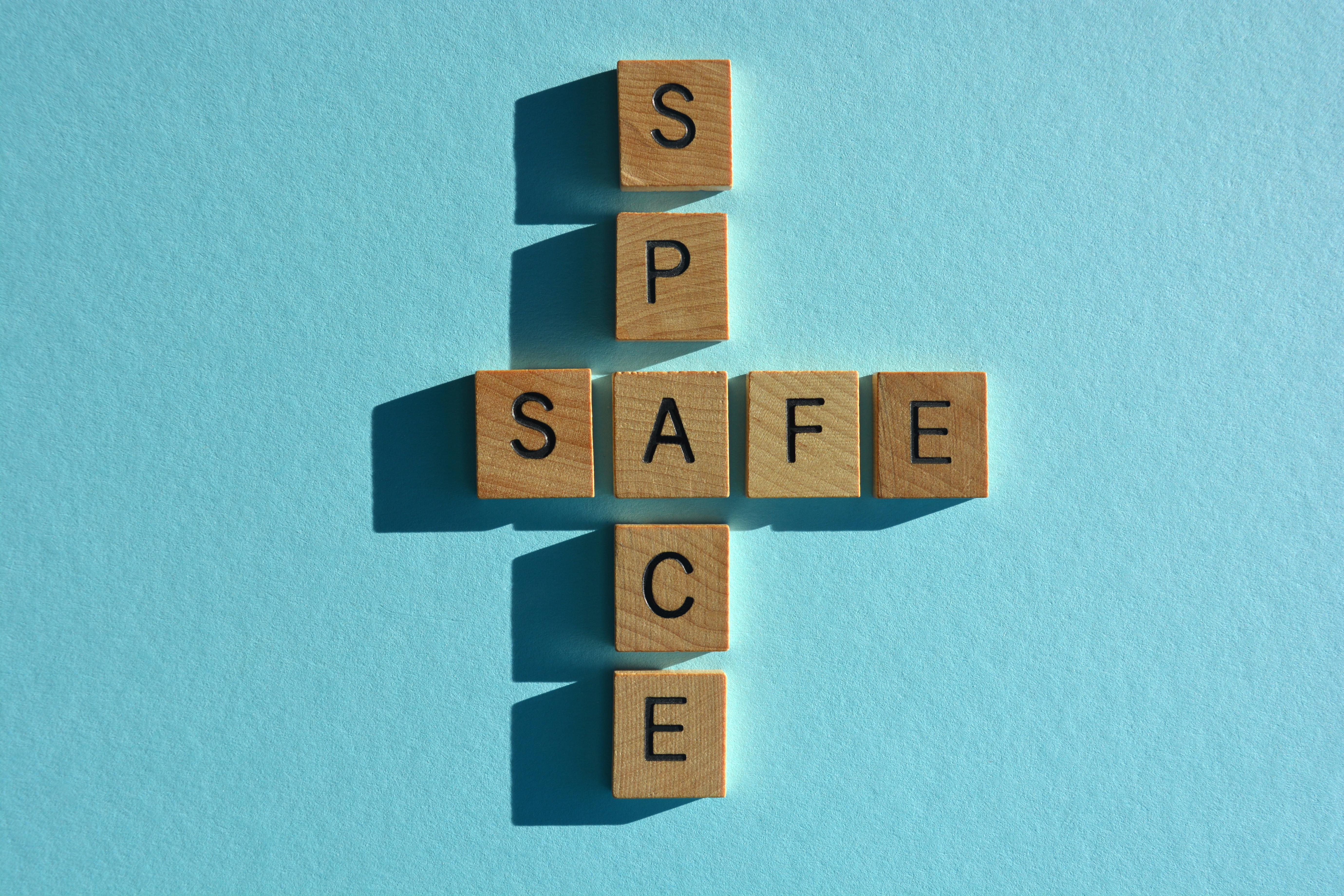10 Gentle Ways to Comfort and Support Someone During a Panic Attack
In the whirlwind of modern life, anxiety has become a common companion for many. When it escalates into a panic attack, it can feel like a tempest raging within. Panic attacks are intense episodes of fear or discomfort that strike suddenly, often without warning. They can be debilitating, leaving the person feeling helpless and overwhelmed. Understanding the nature of these attacks is crucial for providing effective support. They are not merely a mental event but can manifest physically, with symptoms like heart palpitations, sweating, trembling, shortness of breath, and a sense of impending doom. These episodes are not just distressing but can also be frightening for both the person experiencing them and those witnessing the event. The role of a supporter is not to fix the problem but to offer a lifeline of calm and reassurance. It requires empathy, patience, and a gentle approach. This article explores 10 gentle ways to soothe and support someone during a panic storm, offering practical advice grounded in empathy and understanding.
1. Creating a Safe Space

The first step in supporting someone through a panic attack is to create a safe and calming environment. A panic attack can make the world feel like a threatening place, so your goal is to counteract that feeling with a sense of security. Start by guiding the person to a quiet and comfortable location, away from any potential stressors or distractions. This might be a quiet room, a cozy corner, or even a peaceful outdoor spot, depending on what is available and appropriate. Ensure the space is free from loud noises, bright lights, or anything else that might exacerbate the panic. The aim is to reduce sensory overload, which can intensify the feelings of panic. Soft lighting, soothing colors, and a comfortable chair or cushion can help create a more relaxing atmosphere. Encourage the person to sit or lie down, allowing their body to relax and their mind to begin to settle. By establishing a physical space that feels secure, you help lay the groundwork for emotional security, which is essential for someone in the throes of a panic attack.
2. Employing Grounding Techniques

Grounding techniques are powerful tools in the midst of a panic attack. They help bring the person's focus away from the overwhelming feelings of anxiety and back to the present moment. One effective method is the 5-4-3-2-1 technique, which involves identifying five things they can see, four things they can touch, three things they can hear, two things they can smell, and one thing they can taste. This exercise engages the senses and distracts the mind from the panic. Another grounding technique is to encourage the person to describe their surroundings in detail. This can help shift their focus from the internal chaos to the external environment. You might ask them to describe the texture of the chair they are sitting in or the color of the walls. Grounding can also be physical, like having the person press their feet firmly into the ground or hold onto a comforting object. These techniques are not about ignoring the panic but about anchoring the person in the present, where they can begin to regain control.
